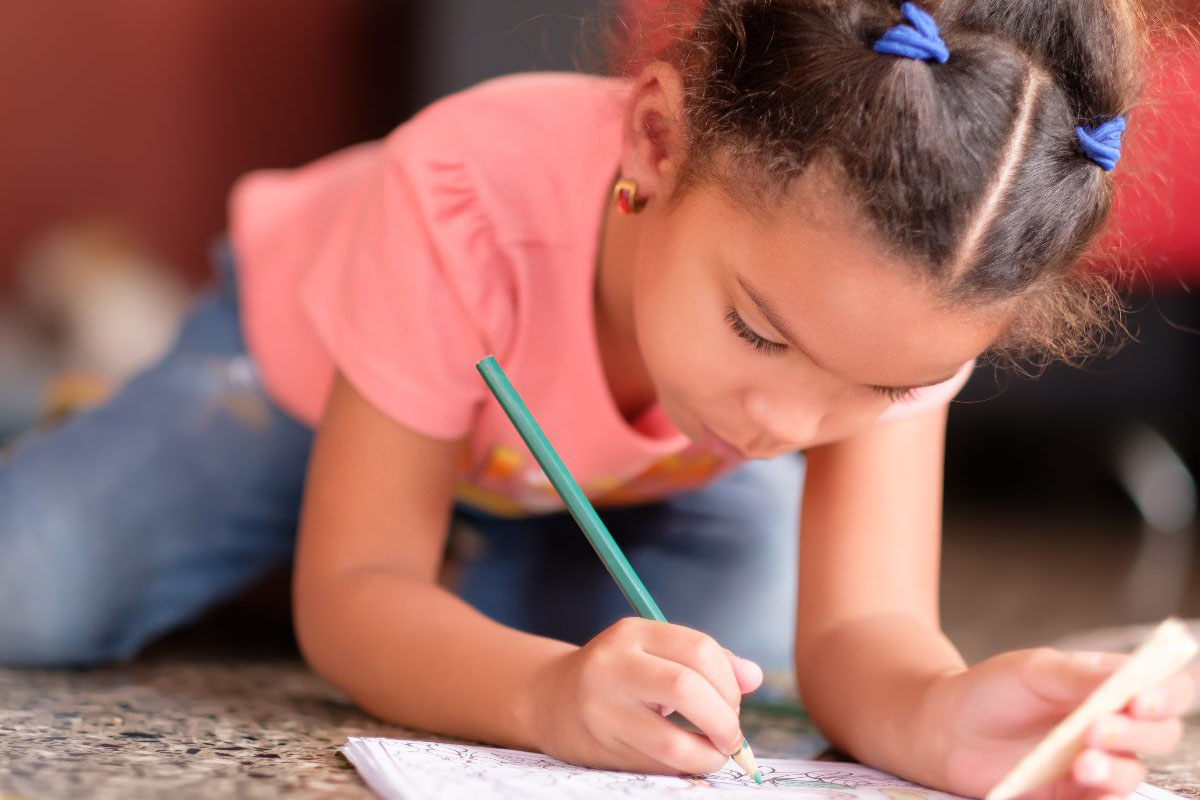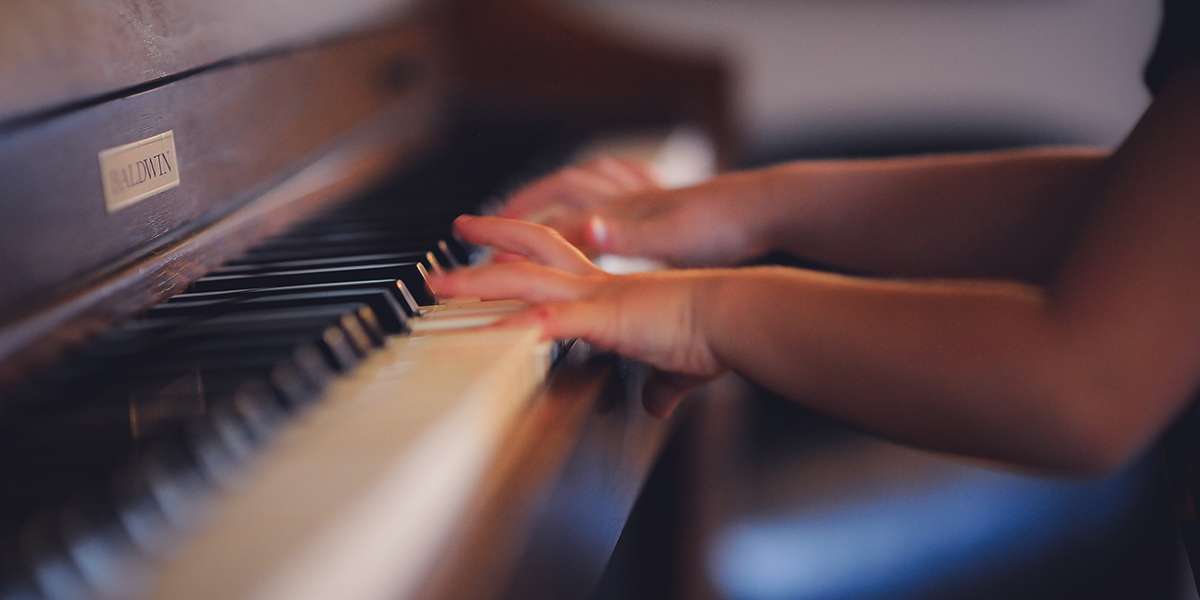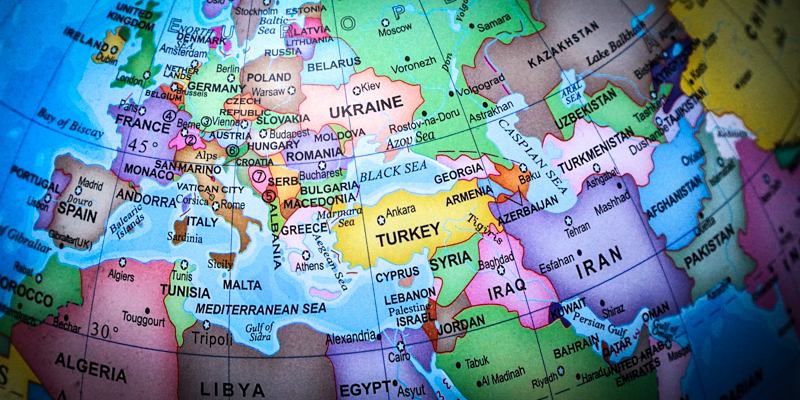Learning doesn’t have to look like official school, and these informal learning strategies can bring major benefits.
Lenten Campaign 2025
This content is free of charge, as are all our articles.
Support us with a donation that is tax-deductible and enable us to continue to reach millions of readers.
The co-curricular subjects of art, music and geography are often the first to be cut when time or budget restricts curriculum — and that’s unfortunate. Not only do most students love these subjects, but they’ve also been shown to positively impact all other areas of learning. That’s why these subjects are perfect for “sneaky learning” over the summer.
These subjects are so enjoyable that they don’t feel like “schoolwork,” yet kids benefit enormously from engaging with them. On top of that, focusing on these learning areas is a way to keep kids happily occupied at home, and even ignite a new passion in them. This summer, when camps and activities are canceled, is the perfect time to give these subjects the attention they deserve!
1
Art education
Art education takes two different forms: looking at and learning about fine art, and making art of one’s own. Both have an important role in an engaging arts education, and they complement each other beautifully. If you don’t have much time, simply strewing some good art books around the house and setting up a few painting or drawing projects is plenty.

Learning about fine art is straightforward with the right books. The Look With Me art series is a great place to start for younger children, while older children can appreciate the depth of information in any of Sister Wendy Beckett’s fine art books. You might also set up your child to do a virtual tour of an art museum.
If you’re on a budget, the cheapest way to introduce your children to fine art is to order free photo prints of fine art in the public domain (including many high-resolution images from museums!). Read a bit together about the artwork and its maker, than grab some painter’s tape or a dollar-store frame and hang the print in your child’s room. It’s an easy way to help a child meaningfully connect with a piece of art.
Making art is a bit more involved, but luckily there are loads of resources to help you! There are so many wonderful how-to-draw books; this step-by-step drawing book series is a family favorite. Older children might enjoy carving soap, making sidewalk chalk paint, or trying their hand at watercolor painting and line drawing. Meanwhile little ones will be happy with some washable paint and flattened cardboard boxes from the recycling bin.
If you want to take things up a notch, connect the fine art they’ve read about to the projects they’re making. For example, read about how Michelangelo painted the Sistine Chapel, then tape a piece of paper to the bottom of a table so your kids can try out “painting the ceiling.” Or look up his Pietà and David sculptures, then try to carve a bar of soap. You might read aloud a book about art together, such as these mystery books that teach about art (From the Mixed-Up Files of Mrs. Basil E. Frankweiler works well to kick-start interest in Michelangelo!).
2
Music appreciation
We might think of music as just a fun way to relax and unwind, but it’s so much more than that. Music is closely related to math, and research has found that kids who receive musical training do better academically.
If your kids already play an instrument, surprise them with a new book of sheet music you know they would like, such as Disney songs or pop music. The novelty and connection to the music motivate them to practice for love of music.

Another option that (hopefully!) will be fun for you too is online music appreciation classes, like any of the following wonderful resources:
Perhaps the best way to enjoy music is to learn a new folk song or beautiful hymn together this summer. Seeing you love great music will influence your kids to love it too.
3
Enjoying geography and science
A lot of kids find maps endlessly intriguing, and really, what’s not to love? Order a great kids’ atlas from your local library or a map skills book to do at home. A low-key way to teach geography is to find on a map the location of every movie, book, or show your kids watch or read this summer, so your kids become accustomed to using a map regularly.

You can also do some simple science at home, like mixing baking soda and vinegar in a cupcake tin. A box of baking soda and a bottle of vinegar cost about $2, which is cheaper than a babysitter, and will keep kids occupied for a while! If you’re worried about the mess, send them outside to make their potions.
Some days even a homemade volcano and some perfectly chosen art books and atlases are not enough to keep the kids occupied while you work. If all else fails, don’t forget that some kids’ TV shows totally count as science. Magic School Bus is a staple, as is the National Geographic series on the National Parks, and there are plenty of other great documentaries for kids. Don’t hesitate to pop on one of these shows when you need a breather. The kids will learn a lot from them!











